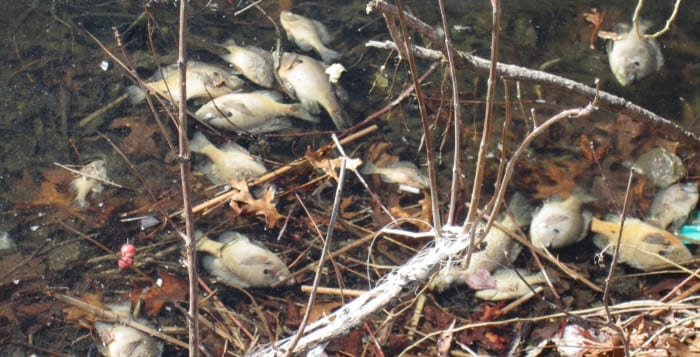When I come across a wonderful story, I like to share it with you, and so I will tell you today about a Briton named Nicholas Winton. You probably don’t recognize his name because he told no one about his extraordinary deeds, not even his wife. It was only after she found a scrapbook, in the attic of their home in 1988, that the world began to learn of his courage and humanity defying Hitler on the eve of World War II.
Winton was a London stockbroker in December 1938 and about to go to Switzerland on a ski vacation when a friend, who was aiding refugees in the newly annexed Czechoslovakia, urged him to come to Prague.
There, Winton found huge numbers of refugees, who were trying to escape Hitler, living in “appalling conditions,” according to The New York Times obituary on July 2 that told of Winton’s life. There was little hope of escape for those on the run because other countries had closed their borders, especially to Jewish immigration, except for a unique effort that was mounted by Britain. Kindertransport was an attempt to rescue unaccompanied Jewish children up to the age of 17 if they had a host family willing to accept them. The Refugee Children’s Movement in Britain reached into Germany and Austria and according to The Times, some 10,000 children were saved before the war began.
There was no equivalent effort made in Czechoslovakia, despite the clear danger evidenced by such horrors as Kristallnacht — the “Night of Broken Glass” — that had shortly before Winton’s trip struck Jewish shops, homes and synagogues in Germany and Austria, As Winton said in a Times interview in 2001, “One saw the problem there, that a lot of these children were in danger, and you had to get them to what was called a safe haven, and there was no organization to do that.”
That is what Winton did: He created an operation that worked with furious speed, racing against the murderous rampage of the Nazi war machine. The modest stockbroker, albeit from a blue-blooded background, cleverly used every means at his disposal, including “dangers, bribes, forgery, secret contacts with the Gestapo, nine railroad trains, an avalanche of paperwork and a lot of money,” as described in the obit.
The volunteers called themselves the British Committee for Refugees from Czechoslovakia, Children’s Section and received aid from the Refugee Children’s Movement. They made appeals in newspaper ads, also church and synagogue bulletins, for host families and money in Britain, and in Prague “cultivated the chief of the Gestapo, Karl Bömelburg — they called him ‘the criminal rat’ after his inspector’s rank of kriminalrat — and arranged for forged transit papers and bribes to be passed to key Nazi and Czech railway officials, who threatened to halt trains or seize the children unless they were paid off,” according to The Times. As word spread and desperate parents brought their children to a rented storefront office, the long lines attracted Gestapo attention. “Perilous confrontations were resolved with bribes,” according to The Times. When the money ran out, Winton used his own.
Can you imagine the searing pain involved with giving up your children to strangers? “Winton’s Children” numbered 669 lives saved. The survivors include the film director Karel Reisz — “Saturday Night and “Sunday Morning” (1960), “Isadora” (1968) and “The French Lieutenant’s Woman” (1981) — and other celebrities. Today there are some 6,000 descendants.
Winton was a most reluctant hero, not wishing to have his wife, Grete Gjelstrup, a Dane he married in 1948, tell anyone. She gave the scrapbook to a Holocaust historian, and then newspaper articles, books, television programs and movies ensued. He was showered with honors, knighted by Queen Elizabeth II in 2003, astonished all the while at the fuss being made.
Sir Nicholas Winton was the son of a merchant banker of German-Jewish origin who had converted to Christianity. He had grown up in a safe and comfortable world of privilege, yet readily risked it all to help others in dire peril. He would serve as a Royal Air Force officer in the war, and later worked for refugee organizations and a charity that assisted the elderly. For all his exceptional efforts, he was richly rewarded with a long life. He died last week at the age of 106.








